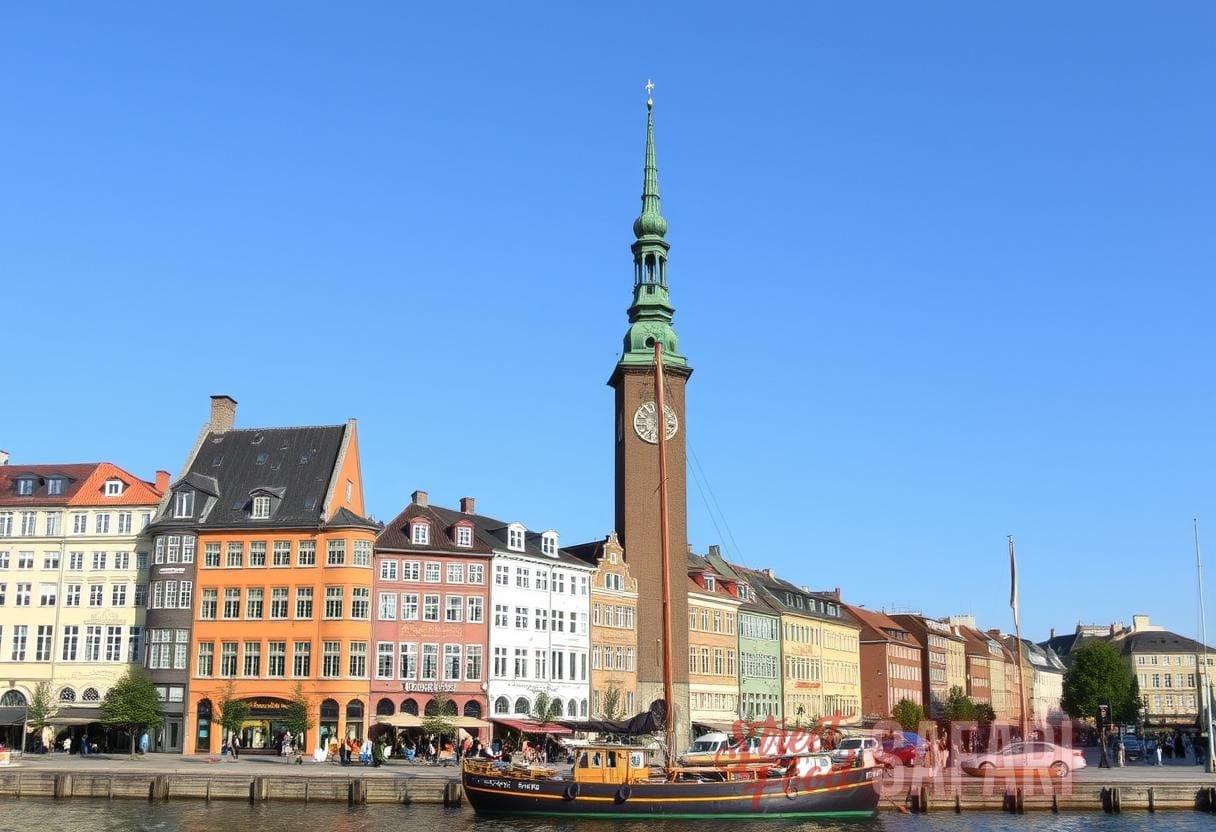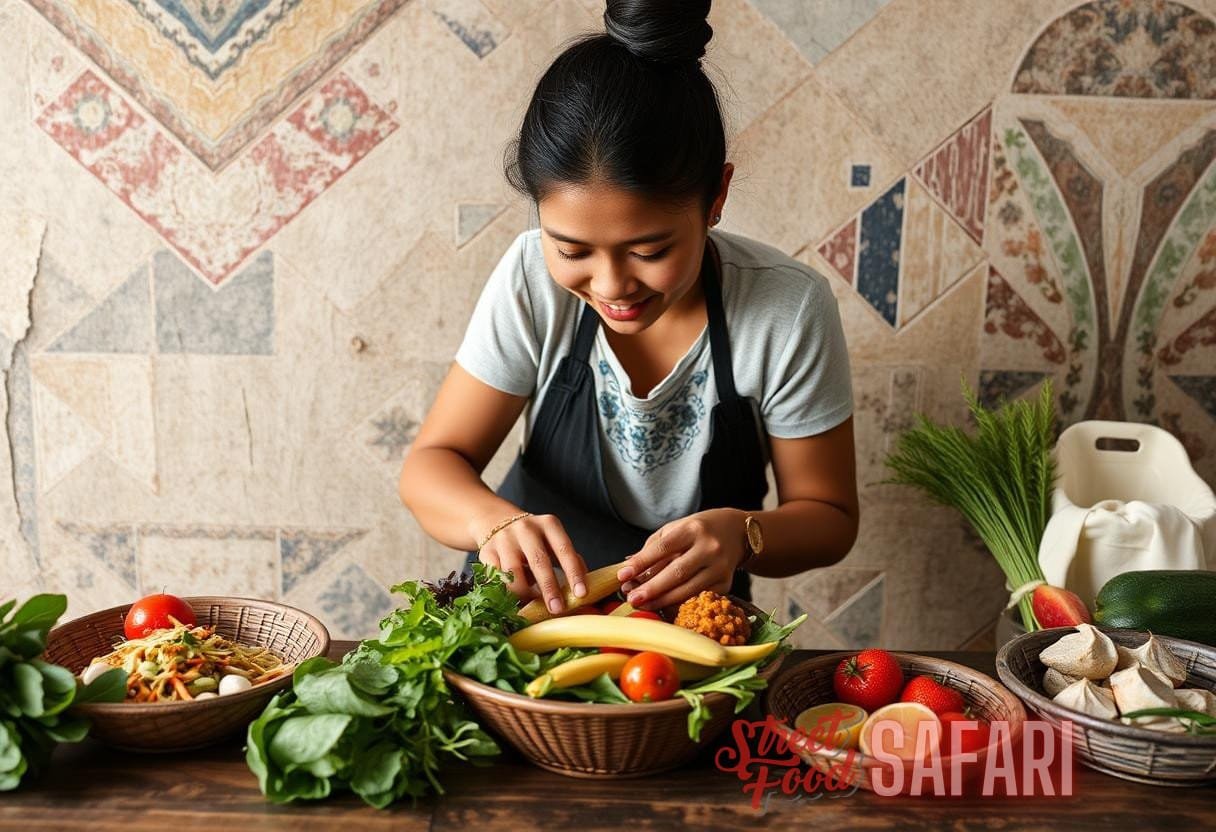Exploring the Gastronomic Continuum: A Scientific Dive into Sustainable Culinary Practices Across Cultures
As our planet faces pressing issues such as climate change, resource depletion, and food insecurity, the concept of sustainable culinary travel emerges as a beacon for travelers and food enthusiasts. It encapsulates a growing awareness of the interplay between food systems, environmental impact, and cultural heritage.
The Foundation of Sustainable Culinary Practices
The journey into sustainable culinary practices begins with a clear definition. According to the United Nations Food and Agriculture Organization (FAO), sustainable practices in food production and consumption aim to meet the needs of the present without compromising the ability of future generations to meet their own needs. In the culinary world, this translates into methods that are environmentally friendly, economically viable, and socially responsible.
Recent studies indicate that global food systems contribute to approximately 30% of greenhouse gas emissions and significantly impact biodiversity, soil health, and water resources. Therefore, the shift toward sustainable culinary travel is not solely a trend; rather, it is an essential movement aimed at minimizing this impact by rethinking how food is produced, prepared, and consumed.
Understanding Culinary Traditions and Sustainability
Each culture embodies a unique culinary tradition reflective of its geography, climate, and available resources. As we travel and explore these cultures, we uncover sustainable practices embedded within their food systems. Below are examples showcasing how diverse cultures uphold sustainability in their culinary practices:
- Japanese Washoku: A traditional Japanese culinary system that emphasizes seasonal ingredients and minimal waste. Events like “shinrin yoku” (forest bathing) promote an appreciation for nature, often influencing food selection.
- Italian Slow Food Movement: Originating in Italy, this movement advocates for locally sourced ingredients and traditional cooking methods. It embodies a philosophy of sustainability by emphasizing biodiversity and the protection of local food traditions.
- Indigenous Practices in North America: Indigenous communities have long utilized sustainable methods such as crop rotation and polyculture farming. These methods maintain soil health and ecosystem balance, showcasing a profound understanding of nature.
- Peruvian Andean Agriculture: The Andean region of Peru is renowned for its use of native crops like quinoa and potatoes. Sustainable practices are woven into the culture, including the use of terracing to mitigate erosion.
The Role of Local Sourcing in Sustainable Culinary Travel
Local sourcing has become a cornerstone of sustainable food practices. By choosing local ingredients, chefs not only support their community’s economy but also reduce the carbon footprint associated with agricultural transportation. A study published in the Journal of Sustainable Agriculture indicates that food produced and consumed locally can cut emissions from transportation by up to 90%.
When traveling, consider visiting local markets, farms, or slow food restaurants to experience the full flavor of the region. Notably, initiatives such as “farm-to-table” have gained momentum, encouraging chefs worldwide to work directly with local farmers. This relationship fosters transparency regarding ingredient sourcing and promotes responsible farming practices.
The Science Behind Sustainable Ingredients
Understanding the science behind sustainable ingredients is vital for both chefs and consumers. Some of the most important aspects include:
- Seasonality: Ingredients grown in their respective seasons tend to be more flavorful, less resource-intensive, and often more affordable.
- Organic Practices: Employing organic farming methods helps maintain biodiversity and reduces reliance on synthetic fertilizers and pesticides, which can harm ecosystems.
- Animal Welfare: Sustainable culinary practices advocate for humane treatment of animals. Pasture-raised or grass-fed livestock often leads to healthier food systems.
- Sustainable Seafood: Overfishing has devastated many fish populations. The Marine Stewardship Council’s certification program helps consumers identify seafood that comes from fisheries guided by sustainable practices.
Case Studies: Sustainable Culinary Travel Destinations
Exploring sustainable culinary practices across cultures can be challenging without real-world examples. Here are some travel destinations that embody the principles of sustainable culinary travel:

1. Copenhagen, Denmark
Copenhagen is renowned for its innovative approach to food sustainability. The city is home to the Noma, often rated as one of the best restaurants in the world, which emphasizes foraged ingredients and seasonality. The restaurant’s focus on zero-waste practices and collaborations with local farmers exemplifies a commitment to sustainable culinary practices.
2. Oaxaca, Mexico
Oaxaca boasts a rich culinary heritage that relies heavily on local, indigenous ingredients. The region’s culinary community is dedicated to preserving traditional methods, such as nixtamalization in maize. Travelers are encouraged to engage with local cooks to understand how they harvest ingredients sustainably, fostering an appreciation for the region’s biodiversity.
3. Kyoto, Japan
In Kyoto, the art of kaiseki dining reflects deep respect for seasonal ingredients and presentation. This multi-course meal not only emphasizes flavor but also considers the ecological impact of food production. Restaurants often collaborate with local farmers to ensure the freshest ingredients while honoring traditional food practices.
Barriers to Implementing Sustainable Culinary Practices
Despite the growing awareness of sustainable culinary travel, several barriers hinder widespread adoption of sustainable practices:
- Cost Constraints: Sustainable ingredients often come at a premium price, which can deter consumers and restaurateurs from embracing these options.
- Agricultural Policies: In many countries, subsidies favor mass production and monoculture farming, making it challenging to compete with sustainable methods.
- Lack of Awareness: There remains a significant knowledge gap among consumers regarding the benefits of sustainable sources, which hinders demand for responsible practices.
- Cultural Differences: Culinary traditions vary globally, which can complicate the integration of sustainable practices into diverse cultural contexts.
The Future of Sustainable Culinary Travel
The future of sustainable culinary travel is promising, driven by consumers’ changing preferences and increasing awareness of environmental issues. Several key trends may shape the future landscape:
- Eco-Tourism Growth: As eco-tourism becomes more mainstream, sustainable culinary practices will likely become a focal point for travelers seeking meaningful experiences.
- Food Innovation: The rise of food technology, such as lab-grown meat and plant-based alternatives, provides environmentally friendly options that align with sustainable culinary practices.
- Culinary Education: More culinary schools are incorporating sustainability training into their curricula, resulting in future chefs who prioritize sustainable practices.
- Community Initiatives: Increasing support for local farmers’ markets and community-supported agriculture programs will foster stronger connections between consumers and producers.
Conclusion
Exploring sustainable culinary practices across cultures is as much about respect for the environment as it is about honoring traditional foodways. Each culinary tradition offers valuable insights into sustainable practices that can inspire our global food systems. By prioritizing sustainable culinary travel, we partake in a shared responsibility to support the ecosystems that nurture our food and create a more equitable world.
For additional insights on sustainable culinary practices, check out our articles on sustainable food systems and cooking with seasons.



